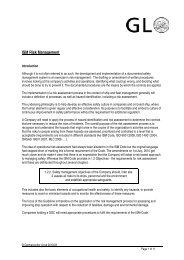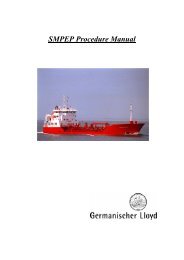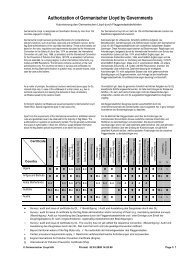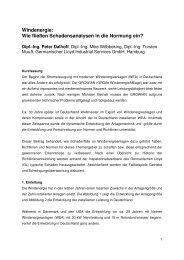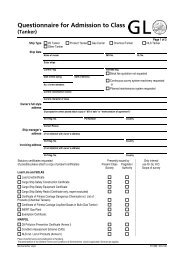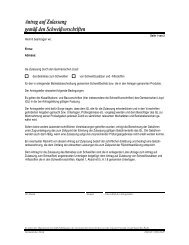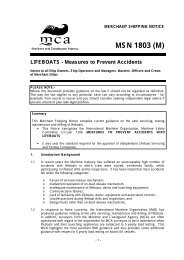Yards Moving Forward - GL Group
Yards Moving Forward - GL Group
Yards Moving Forward - GL Group
Create successful ePaper yourself
Turn your PDF publications into a flip-book with our unique Google optimized e-Paper software.
Protecting America’s<br />
Maritime Interests<br />
Since 2004, 16,000 vessels have been caught violating the law,<br />
144 vessels have not been allowed to enter US waters.<br />
On August 4, 1790, the US Congress authorized the construction<br />
of a fleet of “revenge Marine” cutters to enforce<br />
the nation’s tariff and trade laws. he military history of<br />
the Coast Guard is impressive: The cutter “Harriet Lane” fired<br />
the first shots of the American Civil War at sea, Coast Guard<br />
cutters participated in rescue operations during the Second<br />
World War, and a number of Coast Guardsmen died in combat<br />
during the Vietnam War. Today, the Coast Guard has primarily<br />
civilian duties; it operates under the jurisdiction of the<br />
Department of Homeland Security; however in wartime it<br />
operates as part of the U.S. Navy.<br />
According to the US Code of Federal Regulations, vessels<br />
entering American waters must provide a “Notice of Arrival”<br />
form to the Coast Guard. The form includes data about<br />
the ship’s cargo, the names and passport numbers of each<br />
crew member, details about ownership and agents, and a list<br />
of recent port calls. 96 hours prior to a vessel’s arrival in the<br />
United States, the Coast Guard screens the vessel’s cargo,<br />
people and data on the operating companies. A risk profile<br />
is established – risks associated with the safety and security of<br />
the ship, or any environmental threats the ship might bring.<br />
On that basis it determines whether the ship will be boarded<br />
in open sea or be allowed to anchor near shore or proceed to a<br />
pier. If a vessel is found to be non-compliant with US and inter-<br />
38 nonstop 3/2006<br />
national law, the Coast Guard can direct the vessel to correct<br />
its condition at the dock, offshore, or not allow the vessel in.<br />
Offenders have to expect high fines for committing<br />
and concealing water pollution offences. The Coast Guard<br />
wants to crack down on deliberate marine pollution incidents.<br />
“We see no reason to protect people who deliberately<br />
break the law; but we are not interested in criminalizing seafarers,”<br />
said Rear Admiral Thomas Gilmour. Most pollution<br />
incidents could be avoided. Of 27 criminal cases involving<br />
THE US COAST GUARD – FACTS AND FIGURES<br />
Staff: The organization consists of 36,000 active-duty men and women,<br />
8,000 reservists and 6,300 civilian employees.<br />
Mission: It enforces federal laws on the high seas and waters within<br />
US territorial jurisdiction; it monitors marine safety, directs vessel traffic<br />
management, protects the environment, develops and operates aids<br />
to navigation, maintains a network of lifeboat and search-and-rescue<br />
stations, prevents terrorist attacks, and it protects US economic and<br />
security interests in any maritime region.<br />
Fleet: The Coast Guard employs 1,400 boats – including cutters, motor<br />
life boats, seagoing tenders, and coastal patrol boats. And it operates<br />
210 aircraft.






